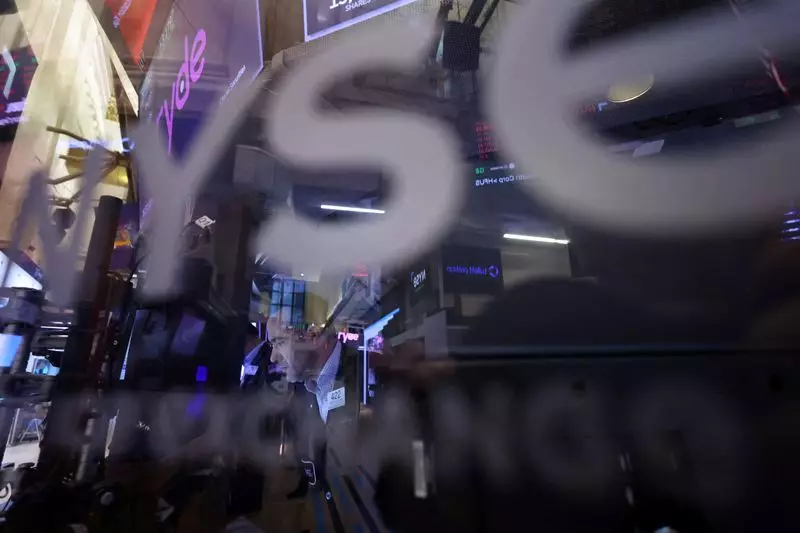In a significant turn of events, US stock indices surged on Wednesday following the release of consumer inflation data that surprised market participants with its relatively modest rise. The implications of this data open the door for potential relaxation in monetary policies this year, a factor that has investor sentiment leaning towards optimism.
At 08:40 ET (13:40 GMT), the Dow Jones Industrial Average soared by 705 points, reflecting a robust gain of 1.7%. Concurrently, the S&P 500 and NASDAQ Composite registered identical increases, rising 98 and 380 points respectively. This upward movement indicates a strong market reaction to events that suggest a shifting landscape for economic policy.
The backdrop of this rally is the December report of the Consumer Price Index (CPI), which detailed a month-on-month increase of 0.4%. While slightly above November’s 0.3% growth, the annual CPI gain of 2.9%, up from 2.7%, did not trigger widespread alarm among investors. However, what truly caught attention was the “core” CPI—a figure that excludes volatile elements such as food and energy. This index rose just 0.2% monthly and 3.2% year-on-year, falling short of both analysts’ expectations of 0.3% and 3.3% respectively.
Investor Sentiment and Economic Context
Heading into this data release, there were palpable concerns regarding persistent inflation pressures, driven in part by last week’s surprising employment figures. Economic forecasts had suggested a more aggressive stance from the Federal Reserve, particularly ties to President-elect Donald Trump’s proposals for stringent tariffs, which could exacerbate inflationary pressures. Consequently, the current market positioning hints at a more gradual approach from the Fed regarding interest rate adjustments—an environment that typically favours risk assets.
Despite anxieties that inflation might necessitate rate hikes within the same year, the latest CPI figures seemed to calm those fears and embolden investors.
In a further boost to market confidence, key financial institutions reported quarterly earnings that exceeded expectations. Notably, JPMorgan Chase’s stock climbed 0.5% following record annual profits driven by surging activity within the investment banking sphere in the fourth quarter. Meanwhile, Goldman Sachs experienced a substantial 5.5% jump after revealing that its profits more than doubled during the same period, a testament to strong market performance.
Wells Fargo also shone brightly, with a more than 5% rise in stock value following fourth-quarter results that surpassed analysts’ forecasts, particularly attributed to a robust performance in investment banking. The positive corporate earnings reinforced the market’s recovery narrative post-elections, helping mitigate any pre-existing concerns regarding economic stability.
Parallel to the equity market’s gains, oil prices too experienced a modest increase on Wednesday. The Brent contract gained 1.1%, reaching $80.83 per barrel, while the US crude futures (WTI) rose by 1.5% to $77.50, reflecting a favorable market response to stable inflation data and a decrease in US crude inventories.
The immediate future, however, remains intricate as the Energy Information Administration has warned of potential oversupply scenarios affecting oil prices over the next couple of years. This dynamic is compounded by ongoing discussions regarding sanctions imposed on Russian oil, with traders uncertain about the extent of potential supply loss in global markets and the effectiveness of alternative measures to cushion these impacts.
Wednesday’s developments signal a potentially transformative moment for both equity and commodity markets in response to key economic indicators. With underlying inflation data appearing to provide certain assurances regarding monetary policy, investor sentiment has shifted favorably, forging a path for a potential upswing in market performance. That said, ongoing scrutiny of inflation dynamics and geopolitical events will be crucial as stakeholders navigate this evolving economic landscape. Investors will undoubtedly keep a keen eye on the Federal Reserve’s upcoming moves, which could shape the market’s trajectory going forward.

